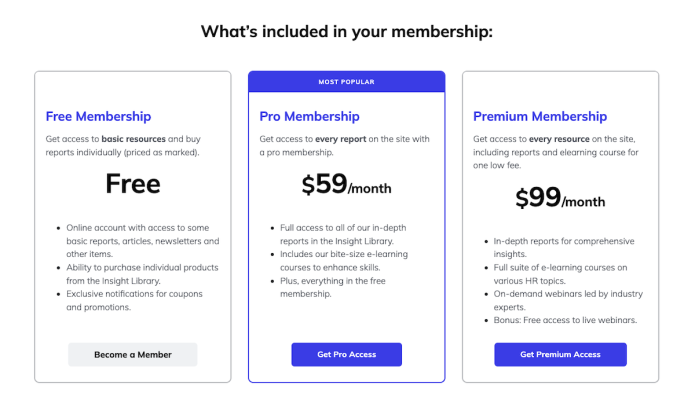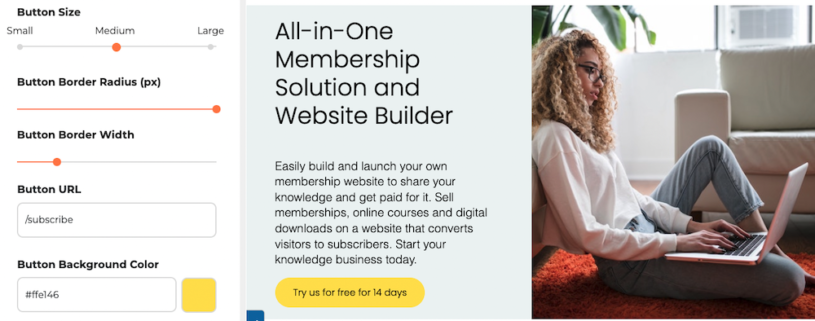
Coverage about your website in the press – online or offline – is very valuable indeed. Unlike advertising, readers see it as an independent third-party endorsement for your service.
So how can you get press coverage without breaking the bank?
My experience of PR is very mixed.
When I worked for big companies, I spent tens of thousands of dollars with big-name PR firms and saw few results and little benefit.
On the other hand, I have seen single articles in the right publication completely revolutionise small businesses overnight.
One website owner I know increased visitors to their website from 200 on the Friday to over 5,500 on the Monday simply because an article about their site appeared in the Sunday Times.
Despite my mixed experience, I’m a big believer in the power of the press . . . particularly if it can be harnessed for free.
Here are a few thoughts to help you get good PR
Offline v Online PR
In my experience, both print and online can be equally valuable in generating PR for your website.
In this article, I will focus specifically on getting coverage in the print media – magazines, newspapers, trade journals, fanzines, etc.
One hour of preparation can spare you from wasting many hours barking up the wrong tree later.
The first thing you need to find out is what publications cover your subject. If it is a consumer subject, the easiest way is to visit big newsagents and have a look at what titles are on the shelves. The thicker the magazine and the more numerous the ads (particularly from big brands), the more successful the magazine probably is.
However, a better way is to research a full list of all the publications for your sector and get the actual circulation figures.
In the US, the best source of information is the Magazine Publishers of America (www.magazine.org).
Once you have a shortlist of publications in which you would like to appear, you need to really understand what makes each publication tick. You should read at least three issues of each.
Make a note of:
- The features that appear every month.
- List the main themes on the covers. Are any themes repeated? If so, these topics are most important to the editor and therefore the reader.
- Create in your mind (and then write down) an image of a typical reader: age interest, where they live, education level, what other magazines and papers they read, etc.
- Create a list of advertisers who appear prominently in every issue. Every commercial print publication is influenced by their most important advertisers.
- Take note of the style of the feature articles. Serious and factual? Informal, personal and irreverent?
Once you have a good overall view of the magazine, ask yourself:
- Does my product/service fit with the content?
- Does this magazine reach my audience?
- Are the audience potential customers for me?
Hopefully, this research will identify a handful of potential publications for you to approach.
Making Your First Advance
First and foremost, you must decide exactly where in a publication you want to get your product and find out the name of the editor in charge of that part of the magazine. Sometimes this is obvious from reading the magazine and looking at the credits at the front. Sometimes you will need to phone the publisher and ask. Usually, they don’t mind telling you. Remember to also ask for an email address.Armed with a name, its time to prepare your seduction!
Remember, your goal for getting into any publication is two-fold:
- Enhance your credibility as an expert
- Promote your product
I have covered five approaches that I know work. Hopefully, these ideas will also spark your imagination to think of others. Use Your Contacts
If you have been in an industry for a long time, the first thing to do is to ask around your contacts to find out if anyone can give you a personal introduction to relevant journalists. Networking is at the heart of PR and should never be overlooked.
Likewise, go to events and conferences where journalists hang out and introduce yourself. A beer and sandwich lunch can be worth a thousand letters! The Specialist Expert
Specialist magazines are always looking for credible experts to write, comment or support their editorial. Sell yourself as an expert.
- Write a letter AND an email, setting out why you are an expert. List your experience and qualifications, and the writing and speaking you have done to support your claim.
- Offer to write for the magazine. Suggest a few article ideas.
- Offer to always be available for comments, quotes or opinions. Provide a mobile phone number so you are always reachable.
- Offer to do an interview if appropriate. Suggest some topics and questions.
- If they ask you to write an article, stick closely to the agreed brief. Ensure that it is complete and ready to publish and deliver it ahead of deadline.
- Follow up after publication to get feedback and to suggest another article.

Generate Content Ideas
Editors are continually looking for new ideas, features and ways to entertain their audience. If you can become a trusted source of ideas, you will always have the ear of the editor.
- Brainstorm as many ideas as you can.
- Email and send snail mail up to three ideas at a time. Write a brief description around each idea. Don't bother writing the whole article at this point.
- If they select an idea, ask why they chose it so you can start to target future ideas better.
- Be patient. Be persistent. Keep sending ideas and, hopefully, once they accept one, more requests will follow.
Send a Press Release
There is a commonly followed and accepted layout for a press release, although you may see variations from country to country. Have a look at sample press releases by doing a search on the internet, but basically this is the most common format. It works, so if it ain’t bust, don’t try to fix it.
- FOR IMMEDIATE RELEASE – These words should appear in the upper left margin with letter capitalised.
- Headline – This should be a sentence that gives the essence of what the press release is about. Keep in factual. Don’t use phrases like “SubHub Releases World’s Best Internet Publication Service”.
- Dateline – This should be the city your press release is issued from and the date you are mailing it for distribution.
- Lead Paragraph – A strong introductory paragraph should grab the reader’s attention. It should contain the most important point(s) that you want to get across in a very succinct way. Remember the journalist mantra of who, what, when, where and why.
- Body – The main body should put flesh on the bones. Remember to put all of the most important messages upfront. The end of the body text is usually left for quotes from relevant sources about the product, service or announcement.
- Company Boilerplate – The press release should end with a short paragraph that describes the company, products, services or relevant people.
- Contact Information – DON’T FORGET to include your contact information. It is very important that journalists can easily get hold of you.
Once you have created a layout for your company press release, stick to it so recipients start to recognise it.
Here are some things to think about it when writing a press release:
Do’s
- Make sure your press release contains real news.
- Address it to an actual person at the publisher and tell them if they are the exclusive recipient.
- Check it for spelling and grammar errors.
- Get more than one person to read every release.
- Mention your website URL on the release. Journalists may add it to their article or at least visit your site for further info.
- Make sure you include your contact details.
- Send it out in a physical form AND as an email. The email should have the press release text in its body AND have the release as an attached Word document.
- Send a follow-up email two days after you sent the original release, asking if they need any further information or images.
- Don’t rely on the magazine to notify you that they have used your material. Check in the magazine yourself.
Don’ts:
- Provide misleading information just to generate a story.
- Put ‘Press Release’ in the title of the email. Write a title related to the press release subject – “Company Launches 50 Website Businesses in a Week”.
- Distribute important releases via one of the internet distribution services (PRWeb, PRnewswire, etc.). The important magazines won’t use it because they know that everyone else has the story as well.
- Copy (cc:) the email to the magazine’s editor and other people within the publisher.
- Attach large files to the email.
- Call the magazine just to ask if they received the release.
- Get annoyed if they use the release without telling you.
Before sending out a press release, think about interesting follow-up stories or article opportunities. Offer these ideas to any magazine that runs the first story. Product Review This can be a risky strategy, so be cautious!
Offer your product to the magazine for review. It should be obvious, but I’ll say it anyway. Make sure the product or service you send works properly. Test it thoroughly before you hand it over.
A bad review could set your company back rather than move it forward. I never believe the saying, “there’s no such thing as bad publicity” when it comes to small company product launches.
Here are some things to think about when submitting your product for review:
- Make sure you identify the right person within the publishers to send the product to.
- Call the appropriate editor and get their approval to send, before sending it. Make sure you prepare a persuasive argument before picking up the phone.
- Provide a features and benefits list that is relevant to the publication's audience.
- Make sure the reviewer has a full access account.
- Offer to show them around the service if it is not intuitive.
- Follow up with a call to make sure all their questions are answered.
- Don't insist on seeing the review before publication.
- Be ready to address any issues raised in the review in the copy of your website as soon as the magazine hits the shelf.
How to Use Press Coverage
This may seem like a lot of work to get one or two articles written about your product … and you’d be right if that is how you left it.
The real value in press coverage comes from how you use it afterwards. You should
- put press coverage on your website
- distribute an extract in your newsletter
- create a direct market mailing campaign around it
- mention it in ads
- put it in any marketing material
- mention it when speaking to other editors
You must squeeze the life out of every bit of press coverage you get … and what you will find is that the more press coverage you get, the more press coverage you get!
Journalists don’t like being left behind so if you become a must-talk-about company, everyone will want to talk about you.




